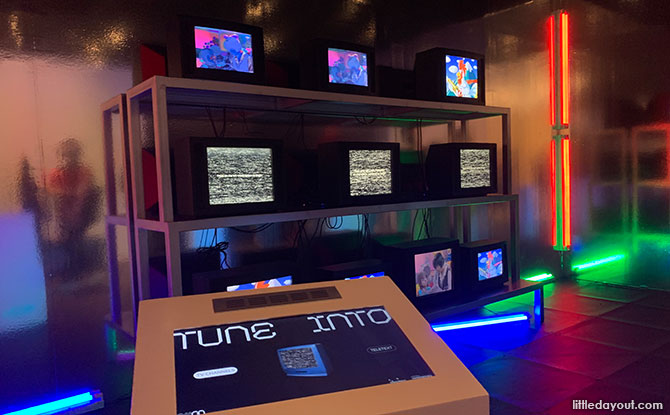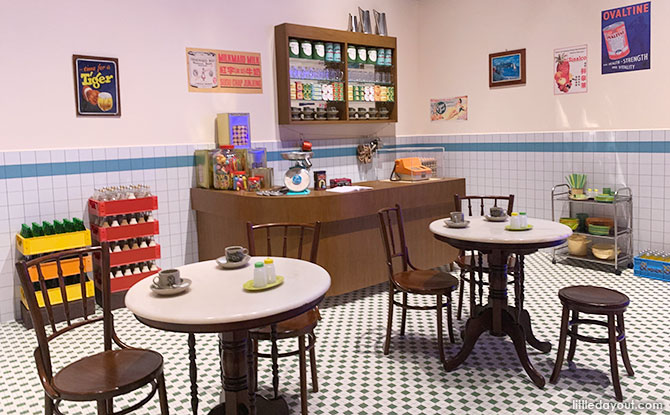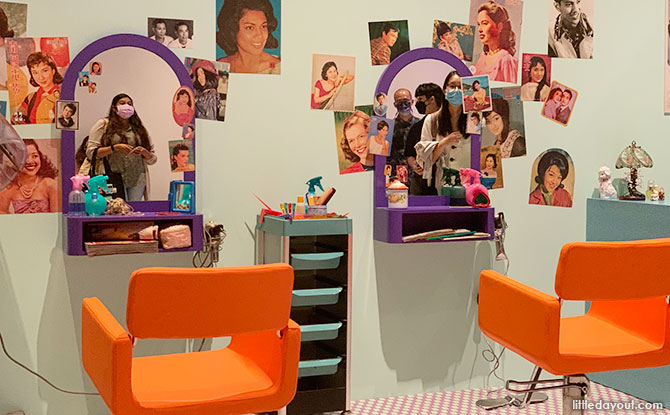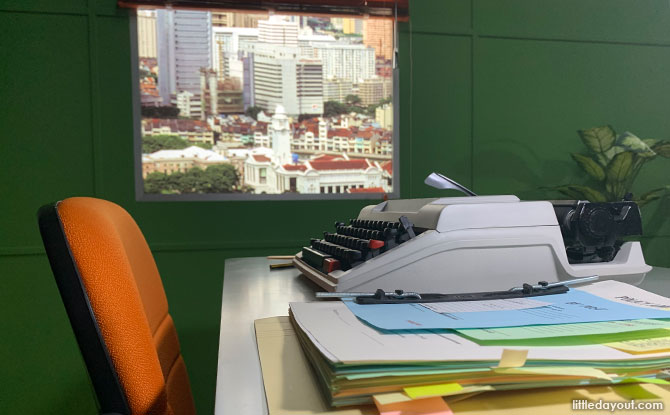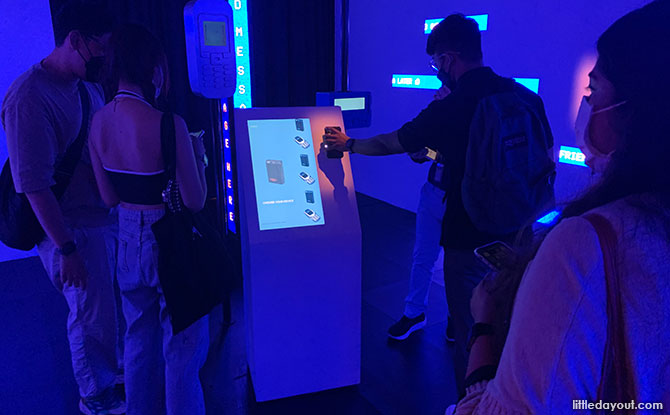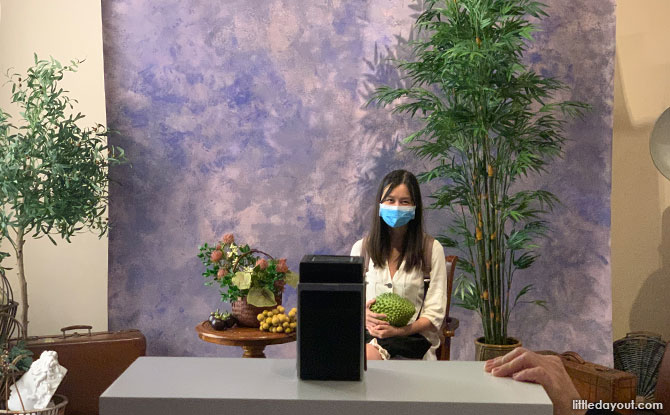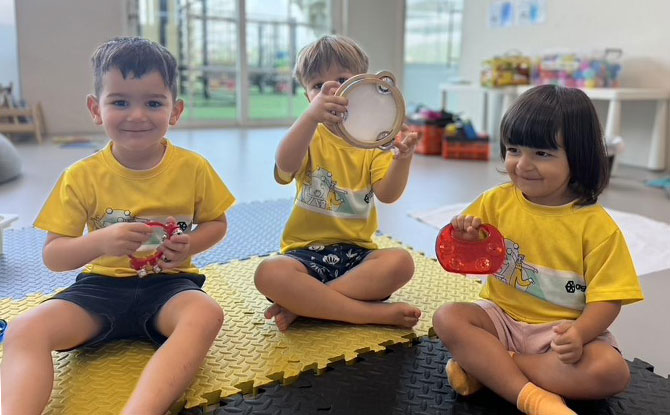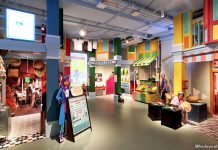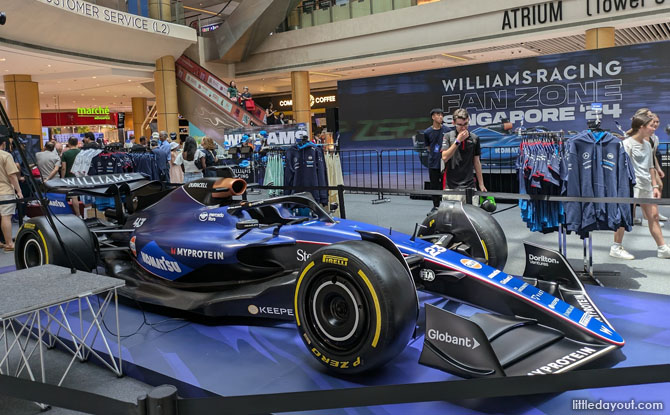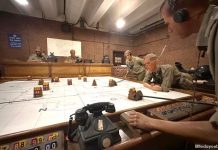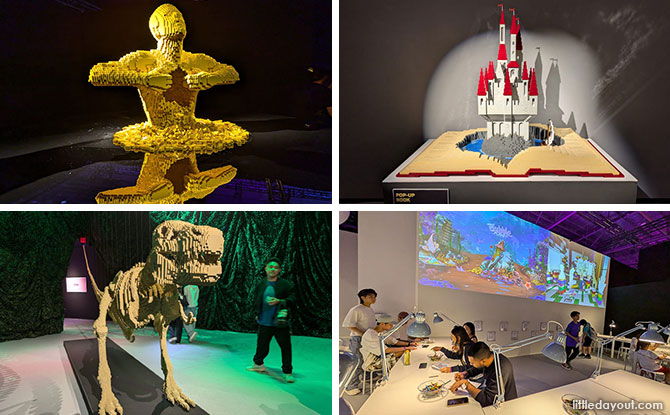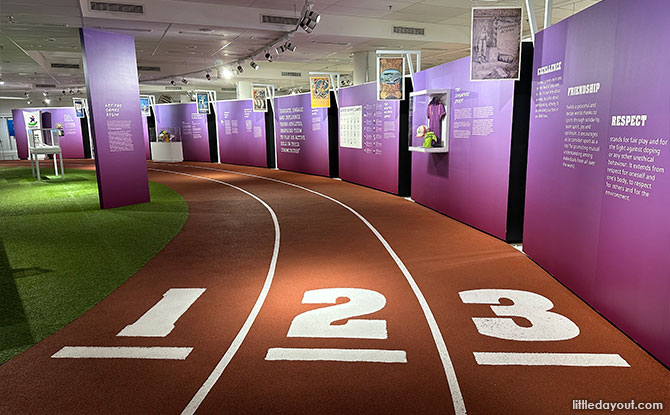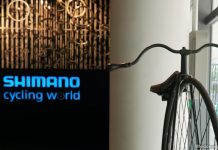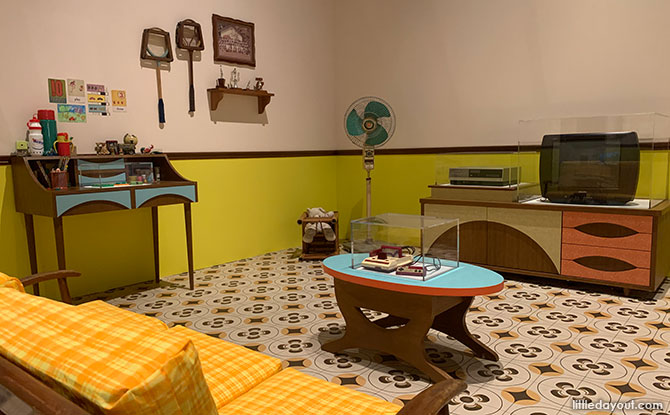
Be transported back in time at the National Museum of Singapore’s latest exhibition Off / On: Everyday Technology that Changed Our Lives, 1970s–2000s. With themed rooms filled with gadgets from eras past, it is a great opportunity the younger generations to get a hands-on feel of once-cutting edge technology.
Off / On: Everyday Technology that Changed Our Lives, 1970s–2000s at National Museum of Singapore
The Off / On: Everyday Technology that Changed Our Lives, 1970s–2000s exhibition captures a time of technological change in Singapore. This was the period when typewriters and fax machines were considered state of the art.
Themed Sets
Year-end Holiday Camps: Discover Fun and Exciting Camps for Kids; Book Early
Farm Fright: Join City Sprouts For Their Halloween Bash On 26 Oct
The exhibition is presented in the form of themed sets which make the visitor feel as if they have stepped back into the past. Rather than artefacts placed on a pedestal, items are displayed “in situ”, as if the visitor has walked into a space which has been recently vacated.
The themed rooms include an office, a hair salon, a coffee shop, a photography studio and a living room. These have been styled to look like they are fresh out of the 1970s and 1980s.
Best of all, the artefacts in the room are “high touch”. Visitors are encouraged to interact with the artefacts.
Visitors can get try punching the keys on typewriters, or try rotary dial telephones. Visitors can even see the increasingly rare orange public phones.
The exhibition is highly interactive. Visitors can pick up a phone and listen to the old “time announcement” aka 1711. They can also take a black-and-white (digital) photo in studio setting.
Or ever heard of this mythical way of listening to music called a cassette tape? Try pressing buttons to fast forward, rewind or eject it from a cassette tape player.
One section of the Off / On: Everyday Technology that Changed Our Lives, 1970s–2000s exhibition is a Messaging Centre.
This blue-hued area allows visitors to try two different types of once-leading edge communication technologies – pagers and T9 predictive text associated with the early generation mobile phones.
Sparking Conversations, Sharing Memories
This exhibition at National Museum of Singapore provides an excellent opportunity to introduce the younger generation (anyone born in the 1990s and later) to tech that they may only heard of before.
Conveniently, there are seats all around where visitors, young and old, can settle down and share a conversation together.
There is a digital companion that accompanies the exhibition. Visitors can sign up for an account for interactive and gamification elements with a personalised QR code.
There will also be an after-hours escape room experience that the public can sign up for. Tickets for the escape room experience go on sale from 9 June 2022.
Off / On: Everyday Technology that Changed Our Lives, 1970s–2000s is part of the Museum’s Collecting Contemporary Singapore initiative. It is aimed at growing the museum’s contemporary collection.
Visiting Off / On Exhibition at National Museum of Singapore
Off / On is a ticketed showcase, where Singaporeans and Singapore permanent residents can enjoy free admission. It runs from 10 June to 30 October 2022 at the Basement Level of the National Museum of Singapore.


